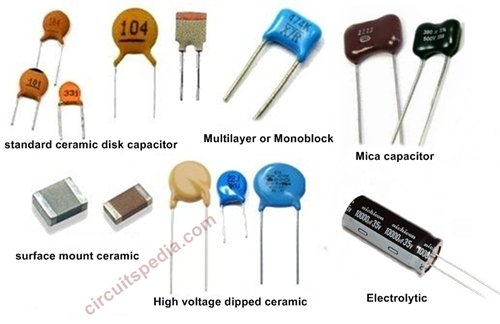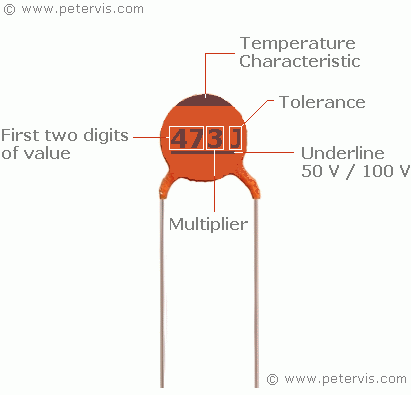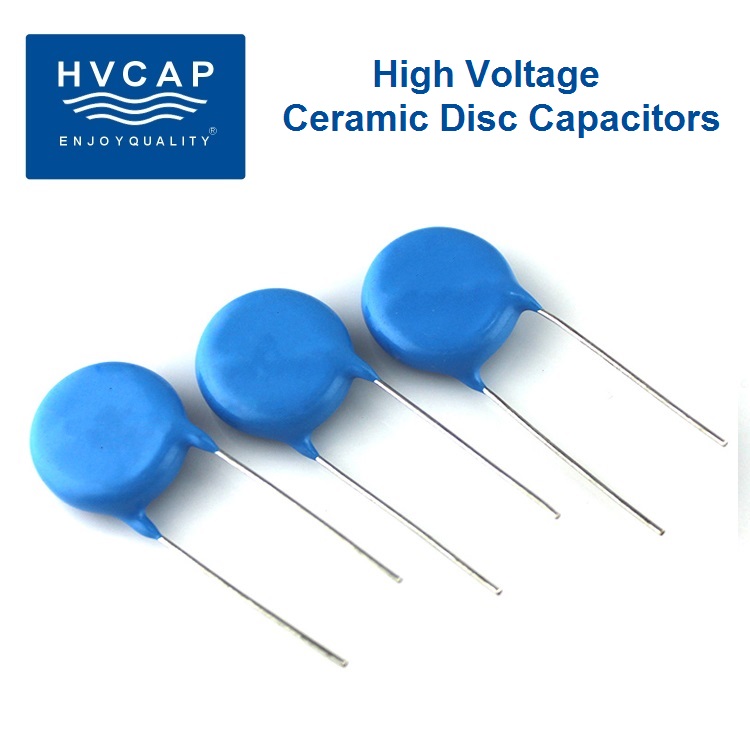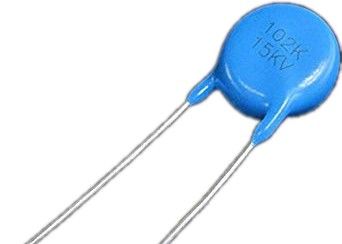Ceramic Disk Capacitor Voltage Rating
For switched mode power supply applications epoxy coated flame retardant capacitors are usually used.
Ceramic disk capacitor voltage rating. These meet the ul 94 v0 standard. Ceramic disc capacitors have two to three digits code printed on them. If a capacitor is marked with 2a474j the capacitance is decoded as described above the two first signs is the voltage rating and can be decoded from the table given below here. The voltage rating could be 50v it could be 100v.
Check the voltage rating. It could even be 250v. Therefore the capacitance of these two capacitors are 10 and 15 picofarads respectively. The 104 capacitance indicator has no bearing whatsoe.
Multi layer ceramic capacitor mlcc mlccs are manufactured by accurately mixing finely ground granules of paraelectric and ferroelectric materials and alternatively layering the mix with metal contacts. Ceramic disc capacitors are made by coating a ceramic disc with silver contacts on both sides as shown above illustrates. This is the maximum voltage the capacitor is designed to handle. For basic general applications the brown ones are usually utilised for decoupling in low voltage circuits.
A ceramic capacitor marked 104 has a value plus as much as 80 to 20 tolerance of 100000pf or 100nf or 0 1uf. When comparing disk capacitors of the same type and manufacturer it s the thickness that gives you an idea of how much voltage they can withstand. If there is room on the body of the capacitor the manufacturer usually lists voltage as a number followed by a v vdc vdcw or wv for working voltage. 2a is a 100vdc rating according to the eia.
If you break one open and look at the actual ceramic not including the outer coating if it is about the thickness of a credit card or less you re talking perhaps 50 or 100 volts. Ceramic disc capacitors have a capacitance value of 10pf to 100μf with a wide variety of voltage ratings between 16 volts to 15 kv and more. Ceramic disc capacitors come in many versions.









